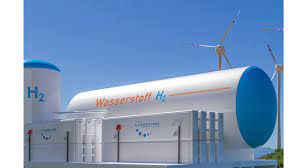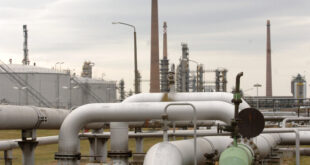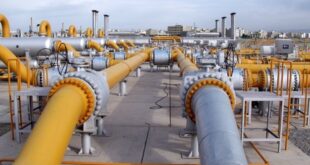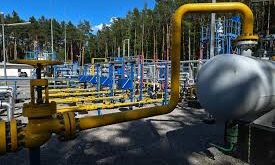As countries around the world look to ways to use emission-free vehicles as a mainstream form of transportation, hydrogen cars are increasingly making their way into the spotlight, even with the popularity of battery electric vehicles.
H2-powered vehicles aren’t a new form of technology but are being taken more seriously of late.
Hydrogen cars first started gaining traction in the early 2000s but have remained about as far from mainstream use as can be measured. As battery electric vehicles started taking off, charging networks were established, making EVs the natural choice for many people seeking zero-emission driving. In the European market, liquefied natural gas (LNG) and compressed natural gas (CNG) are also picking up steam.
Interestingly, hydrogen cars have been picking up in the globe-leading Asian market, where there are eight times more H2-powered passenger vehicles in just Korea than there are in the entire European Union. Japan’s goal is to have more than 800,000 H2-powered vehicles on its roads by the close of this decade.
There are several reasons that Europe and the US are lagging behind Asian markets in hydrogen cars.
Among the benefits Asia is enjoying in terms of making it easier to own a fuel cell vehicle is the H2 fueling network which is considerably more advanced than it is in Europe. China boasts the largest number of H2 fueling stations in the world as of 2022, when it had 250.
South Korea’s rapid hydrogen sector growth has been built up by considerable government funding. That country is actively pursuing an H2 economy, so the fuel has been a substantial economic growth driver, expected to generate $43 billion in economic growth while creating 420,000 jobs. Subsidies, loans and tax benefits have all been in place since 2019 to support this effort, and since 2012, $2.34 billion has been invested in the sector.
According to many experts, for the European Union to be able to catch up, it would need to implement comparable government spending programs. That said, the majority of EU countries have focused their efforts on electric vehicles, not hydrogen cars.

 Iran Energy News Oil, Gas, Petrochemical and Energy Field Specialized Channel
Iran Energy News Oil, Gas, Petrochemical and Energy Field Specialized Channel



